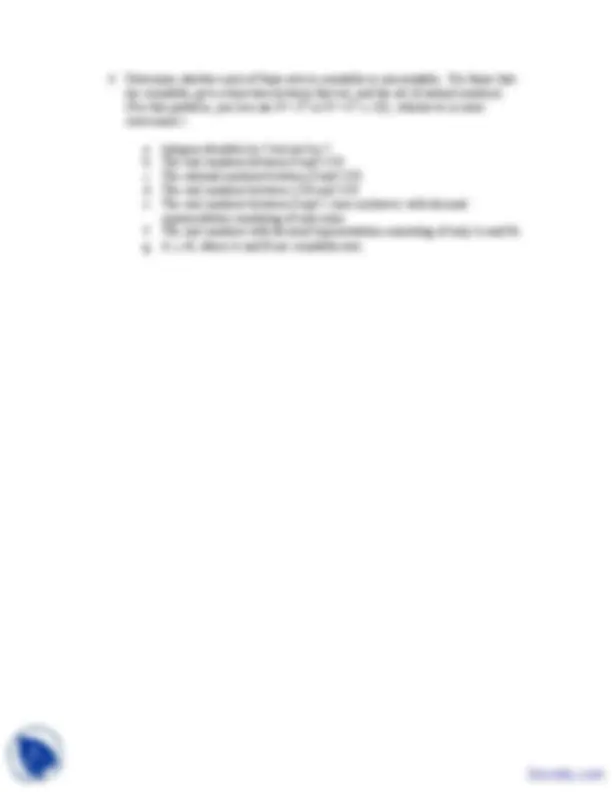



Study with the several resources on Docsity

Earn points by helping other students or get them with a premium plan


Prepare for your exams
Study with the several resources on Docsity

Earn points to download
Earn points by helping other students or get them with a premium plan
Community
Ask the community for help and clear up your study doubts
Discover the best universities in your country according to Docsity users
Free resources
Download our free guides on studying techniques, anxiety management strategies, and thesis advice from Docsity tutors
During the study of discrete mathematics, I found this course very informative and applicable.The main points in these lecture slides are:Domain of Definition, Partial Error, Big-O of Following Functions, Real Numbers, Bad Domain, Even Numbers, Special Notation for Products, Express Sum in Terms, Product Notation, Intuitive Explanation
Typology: Slides
1 / 2

This page cannot be seen from the preview
Don't miss anything!


t(x) = x^10. Find the domain of definition and the big-O of the following functions: a. ( f o g o h)(x) b. ( f −^1 o g)(x) c. (g−^1 o h)(x) d. g(x) *[( f o t−^1 )(x)]
a. Evaluate:
( j + 1)^2 j = 2 (2i^ −^ 1)
5 −i
i = 1
4
b. Let f(x) be the set of all even numbers smaller or equal than x. For example, f(10)={0,2,4,6,8,10}. Let g(x)=2x.
Compute: j j ∈( f og )(i )
i = 1
4
c. There is also a special notation for products: an i = 1
n
i = 5
10
d. Express this sum in terms of n:
j
j + 1
j = 1
n
e. Express this sum in terms of n: i i = 1
k
k = 1
n
a. Integers divisible by 5 but not by 7. b. The real numbers between 0 and 1/10. c. The rational numbers between 0 and 1/10. d. The real numbers between 1/20 and 1/10. e. The real numbers between 0 and 1 (non inclusive) with decimal representation consisting of only ones. f. The real numbers with decimal representation consisting of only 1s and 9s. g. A ∪ B, where A and B are countable sets.